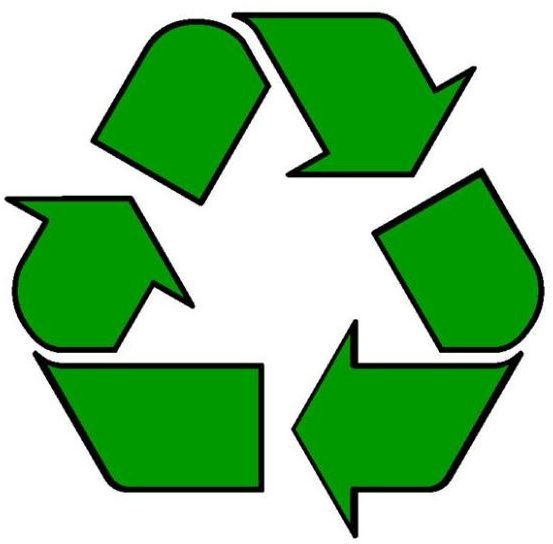How is Matter Recycled? What is Post-Consumer & Pre-Consumer Recycling?
Changes in How Waste Materials are Recycled
Until recent years people used to throw away lots of things by putting them in a trash bag and sending it straight to the landfill without having any idea how they were made or where on earth the resources necessary to create them were extracted from. Nor did we realize what processes of labor went into producing them, much less what happened once the objects were put out for the garbage man to collect.
All waste needs to be handled in a responsible manner. Throwing the waste in a landfill serves to move the waste away from the source of generation, and to improve hygiene and health in the areas of trash generation. Landfills are filling up, and disposal of waste in them has led to environmental problems. In addition the to the air pollution caused, with the rain water much of the waste can be easily washed into nearby water bodies, leading to further pollution downstream. Also the contaminated waters are infiltrated on the soil contaminating it and the underground water (aquifers).
Previously governments had little authority over disposal of wastes; however, after the 1970s they have been establishing extensive regulations on waste disposal. Besides reduce and reuse, what else can be done?
Internal and External Recycling
Recycling is the recovery and reprocessing of used materials to create new products. Recycling diverts materials from landfills or incinerators that can be used to produce new products, and avoid exploiting virgin resources where recycled materials can be substituted.
Pre-Consumer
The term internal recycling (pre-consumer) refers to the reuse of scrap in a manufacturing process. Industries have found that savings can sometimes be considerable in manufacturing and materials costs when they implement these recycling programs.
Post-Consumer
As individuals anytime we recycle we participate in what is called external recycling (post consumer). External recycling is the reclaiming of materials from a product that has been used and thrown away; for example, the collection of old newspapers, aluminum cans, glass and plastic bottles to use them to process new products.
How are Recycled Materials Collected?
The three main methods of collecting the materials for external recycling are:
1. Buyback centers that purchase waste materials brought in by consumers;
2. Drop off centers, where consumers can deposit waste materials but are not paid for them;
3. Curbside collection, in which homes and businesses sort their waste materials and deposit them by the curb for collection by a central agency or private company.
Most items that we use every day are made of materials that can be used over and over again. Some of them like containers, we can reuse ourselves, and others can be separated for recycling.
How to Start Recycling at Home
If there is the will, recycling at home is very simple to implement. First, find suitable containers for recyclables and place them in key places. The best location for recycling bins is near your traditional trash can. At first it may feel like an additional investment of time, but soon it will become part of the daily routine. Once you get used to it, it’s completely effortless.
Some areas may not have the facilities for recycling but the best we can do for the environment is to educate people. Enough awareness in people will make them request their leaders to implement the necessary changes.
